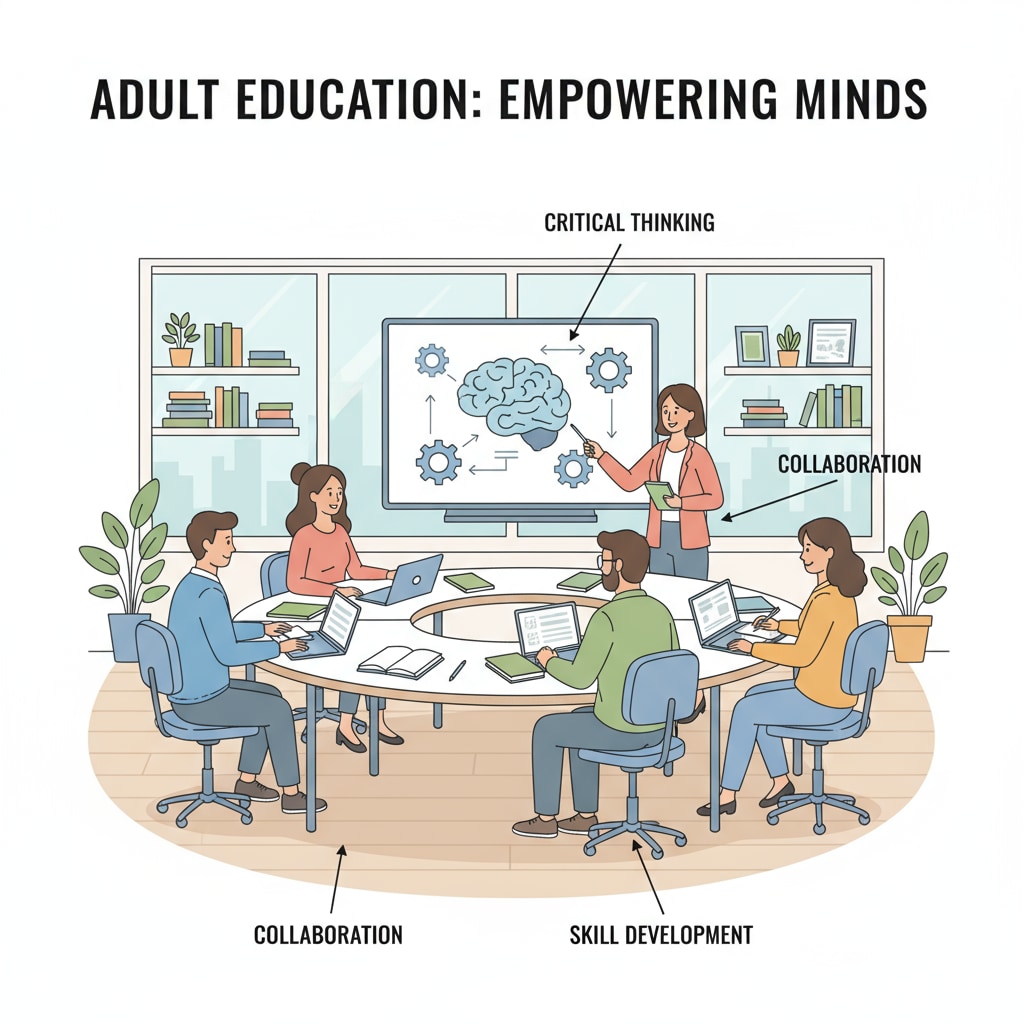For adults who missed out on completing high school, obtaining a high school diploma or its equivalent is now more accessible than ever. The concepts of adult education, high school diplomas, and GED (General Educational Development) play crucial roles in this pursuit. In this article, we will explore the official certification paths for adults looking to enhance their educational credentials.

The Significance of High School Diplomas for Adults
A high school diploma is not just a piece of paper; it is a gateway to numerous opportunities. For adults, it can open doors to better job prospects, higher earning potential, and further educational pursuits. In today’s competitive job market, many employers require a high school diploma as a minimum qualification. Therefore, obtaining this credential can significantly improve an adult’s chances of career advancement. Employment statistics on Bureau of Labor Statistics show that individuals with a high school diploma generally earn more than those without one.
Understanding the GED
The GED is a high school equivalency test that assesses an individual’s knowledge in four main subject areas: language arts, mathematics, science, and social studies. It provides an alternative for adults who did not complete traditional high school. Passing the GED is recognized as equivalent to having a high school diploma in many situations. However, it’s important to note that there are some differences between a GED and a traditional high school diploma. GED on Wikipedia

One key difference is in the way they are earned. A traditional high school diploma is obtained by completing a set curriculum over several years in a high school setting. On the other hand, the GED can be prepared for and taken in a shorter period, often through self-study or adult education programs. In addition, some employers or educational institutions may have a slight preference for a traditional high school diploma, although the GED is widely accepted.
Readability guidance: As we can see, the differences between the two options are important considerations for adults. By understanding these details, adults can make more informed decisions about their educational paths. Moreover, the availability of resources for GED preparation and traditional high school completion programs also varies.


